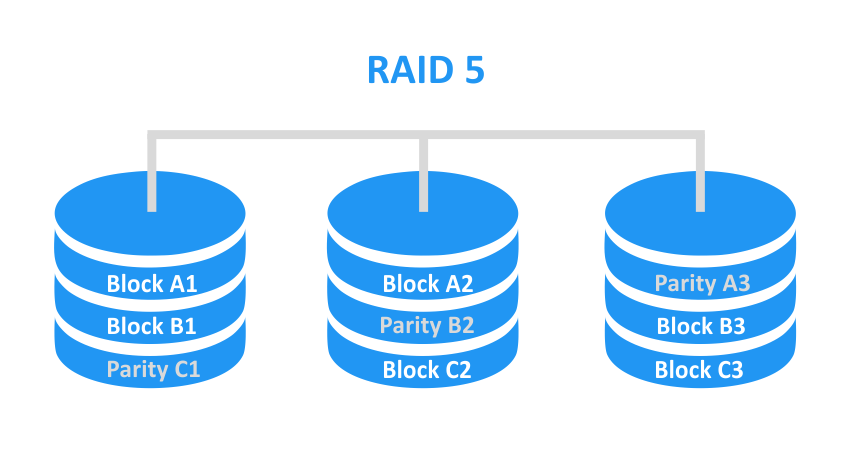

Rather, we assert that holding on to keys in a safe way such that any other party (i.e.
#Neofinder index a raid how to
My colleagues and I do not argue that the technical community doesn’t know how to store high-value encryption keys - to the contrary that’s the whole point of an HSM. Among the nontechnical hurdles would be the requirement, for example, that Apple run a large legal office to confirm that requests for access from the government of Uzbekistan actually involved a device that was located in that country, and that the request was consistent with both US law and Uzbek law. Additionally, the Risks of Key Escrow and Keys Under Doormats papers describe further technical and nontechnical issues with exceptional access schemes that must be addressed. It is worth noting that the exceptional access schemes one can create from Apple’s CKV (like the one outlined above) inherently entails the precise issues we warned about in our previous essay on the danger signs for recognizing flawed exceptional access systems. Apple’s Cloud Key Vault does not have any Apple-owned private key, and therefore does not indicate that a secure solution to this problem actually exists. Repeated access of private keys drastically increases their probability of theft, loss, or inappropriate use.
#Neofinder index a raid code
This puts us back at the situation where Apple needs to protect another repeatedly-used, high-value public key infrastructure: an equivalent situation to what has already resulted in the theft of Bitcoin wallets, RealTek’s code signing keys, and Certificate Authority failures, among many other disasters. Managing access by a hundred-plus countries is impractical due to mutual mistrust, so Apple would be stuck with keeping a second signing key (or database of second signing keys) for signing these messages that must be accessed for each and every law enforcement agency. Any exceptional access scheme made from this system would have to have an additional set of keys to ensure authorized use of the law enforcement access credentials. In order to do this securely, these messages would have to be cryptographically signed with a second set of keys, which would then have to be used as often as law enforcement access is required. In that case, Apple would have to replace the HSM with one that accepts an additional message from Apple or the FBI - or an agency from any of the 100+ countries where Apple sells iPhones - saying “OK, decrypt,” as well as the user’s password. The problem with Tait’s argument becomes clearer when you actually try to turn Apple’s Cloud Key Vault into an exceptional access mechanism. Michael Specter did the bulk of the writing. And the same group of us that wrote the “ Keys Under Doormats” paper on why backdoors are a bad idea have also explained why Apple’s technology does not enable it to build secure backdoors for law enforcement. Matthew Green and Steve Bellovin have both explained why not.

Post Syndicated from Bruce Schneier original Įver since Ian Krstić, Apple’s Head of Security Engineering and Architecture, presented the company’s key backup technology at Black Hat 2016, people have been pointing to it as evidence that the company can create a secure backdoor for law enforcement.


 0 kommentar(er)
0 kommentar(er)
